So, you have a great website, you have some awesome content….but how do you make yourself stand out to brands? How do you convince advertisers that they should be investing in your blog? Two words: media kit.
Have You Heard of a Media Kit?
If you haven’t heard of a media kit, or if you’ve been putting off making one, listen up! A great media kit is one of the best ways to make you and your blog stand out and win the hearts of advertisers.
What is a Media Kit?
A media kit is a short (generally 1-2 page) document that outlines facts and statistics about your blog. Similar to a resume, a media kit will give sponsors a snapshot of your blog and showcase the details that they stand to gain if they choose to work with you.
While there is some initial time investment when creating a media kit, we’ve compiled a list of things to include to create a media kit that gets you noticed.

Media Kit Essentials
- A short bio about you and your blog. Adding a personal “face” to your blog can go a long way with brands who may want to collaborate you. Include information about how long you’ve been blogging, what you blog about, and what your mission is. Take time to show off your creativity, personality, and style, while being concise an with a clear purpose. It’s important to show advertisers how you are a good fit to work together.
- Photos and graphics. The most important photo to include is one of yourself, preferably an up-close and professional headshot so that brands can put a face to your blog. A high-resolution image of your logo (or blog header if you don’t have a logo) is important too. If you choose to include other photos, images from previous collaborations or one of your best blog posts are a good place to start.
- Blog statistics and FAQ. Make finding information about your blog easy for sponsors. Dig deep into Google Analytics and provide statistics about your subscribers (on Instagram, Facebook, Twitter, etc.), newsletter subscribers, monthly pageviews, and monthly unique visitors. It may also be helpful to brands for you to show your audience demographics – show them that your audience is relevant to their goals! Also, don’t let the fact that you’re new to the blogging scene or don’t have many followers keep you from making a media kit or reaching out to sponsors. Get creative and show that your blog is growing! Saying something like “In the past month, my Instagram following grew 300%” sounds more impressive than “In the past month, I went from 100 to 300 followers.”
- Collaboration options and sponsorship policies. There are SO many ways a brand can collaborate with you, so make sure to list the ways you are willing to work with them. Common collaboration options include sponsored posts, giveaways, social media promotion, product reviews, guest posts, and sidebar ads. You may not be willing to do guest posts, or you might decide that you won’t do a giveaway until you’ve been sponsored for a month or two. Outlining a brand’s options helps save both you and a potential sponsor time helping eliminate content that potentially doesn’t fit your blog. This is also a great place to include information about your advertising and sponsorship rates. Remember that this is a partnership! Let brands how you can succeed together.
- Testimonials and previous work. List previous collaborations, results from campaigns, and even testimonials from other brands or viewers! Providing a few testimonials from previous sponsors can go a long way in giving you credibility. No previous sponsors? Reach out to some of your readers for reviews about your blog. Social proof that you’re engaging, creative, and relevant shows brands that you’re successful and trustworthy. Listing out previous sponsorships can help give them an idea about your content as well.
- Contact information. Do not, I repeat, do NOT forget to include your contact information. You want to make it as easy as possible for brands and sponsors to reach you, and if they have to dig for the information, it’s likely that they won’t.
- Make your media kit stand out. Don’t send out a media kit that’s half-baked. Once you have all of your information gathered, it’s important to make sure it’s in a layout and format that’s attractive, creative, and easy to read. There are hundreds of media kit templates online, so look around and choose one that best reflects your blog and personality. Canva is a great place to find templates that you can edit online. Creative Market is also a great resource if you’d rather edit your media kid in Adobe Photoshop or Illustrator.
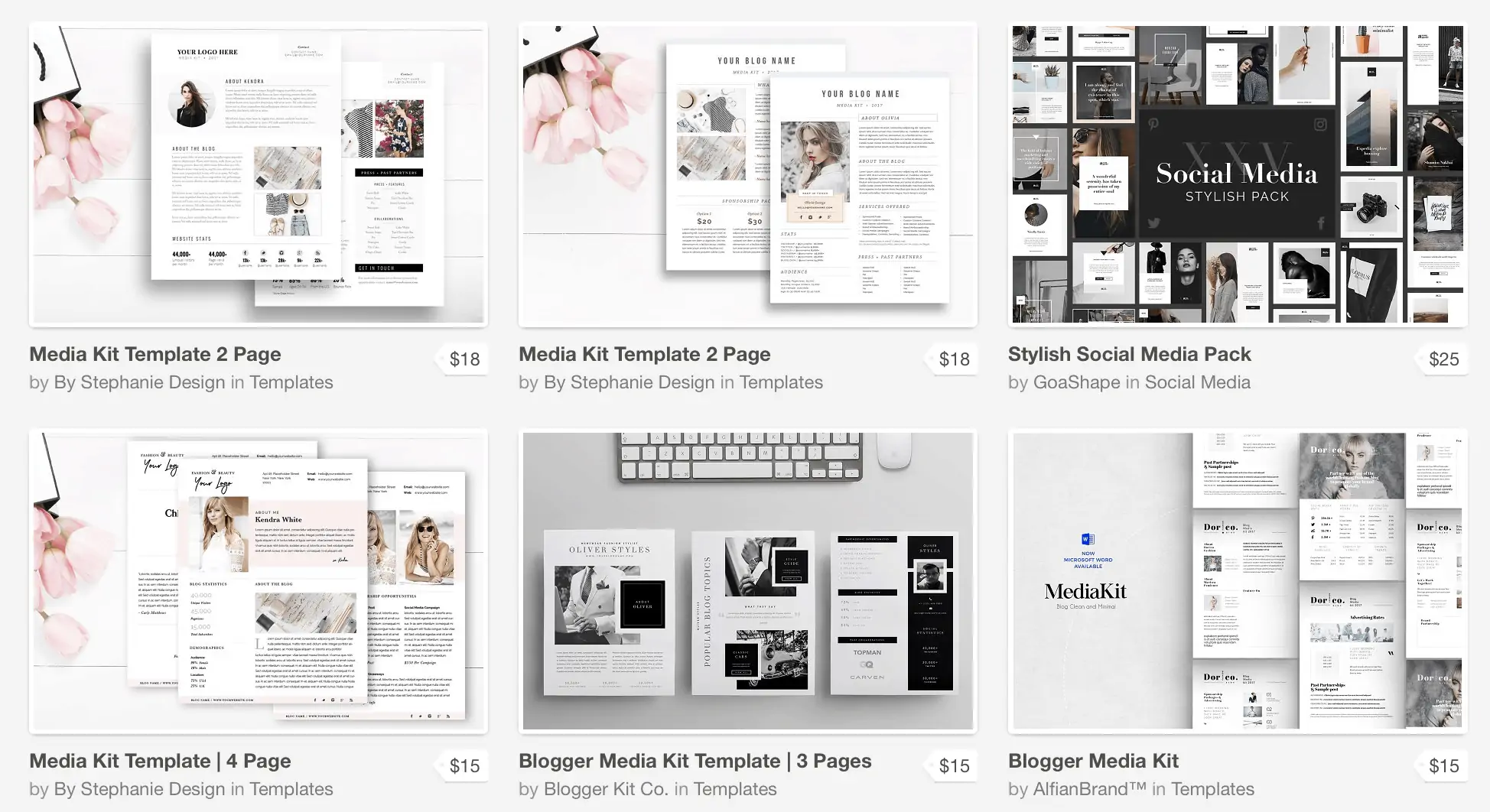
Why Create a Media Kit?
The bottom line is that whether you’re a seasoned blogger or new to the scene, a media kit can help you stand out and get noticed by brands and advertisers. Although there may be time investment initially as you create your media kit, once it’s done, it can save a lot of time by helping you focus on the sponsors and brands that best fit your blog. You want to show brands that you would be a good fit for them and help sponsors understand the value of working with you, and the best way to start is by putting together a killer media kit that will wow them!
Learn more about working with brands here with Danielle Liss.
Want to learn more helpful skills for taking your food blog to a professional level and meet sponsors? Sign up for our newsletter below to stay up to date on the Tastemaker Conference, where we have a sponsor exhibitor hall and over eight hours of classes, workshops, and panels. The opportunity to network with likeminded foodies and brands is unparalleled.
Article by Chloe Halsey
Other Posts you Might Like
- Diversity is Important in the World of Food Blogging and Content Creation
- How to Find the Right Brands to Work With
Free Media Kit and Templates
Need help updating your media kit? Check out our free download to get yours today!
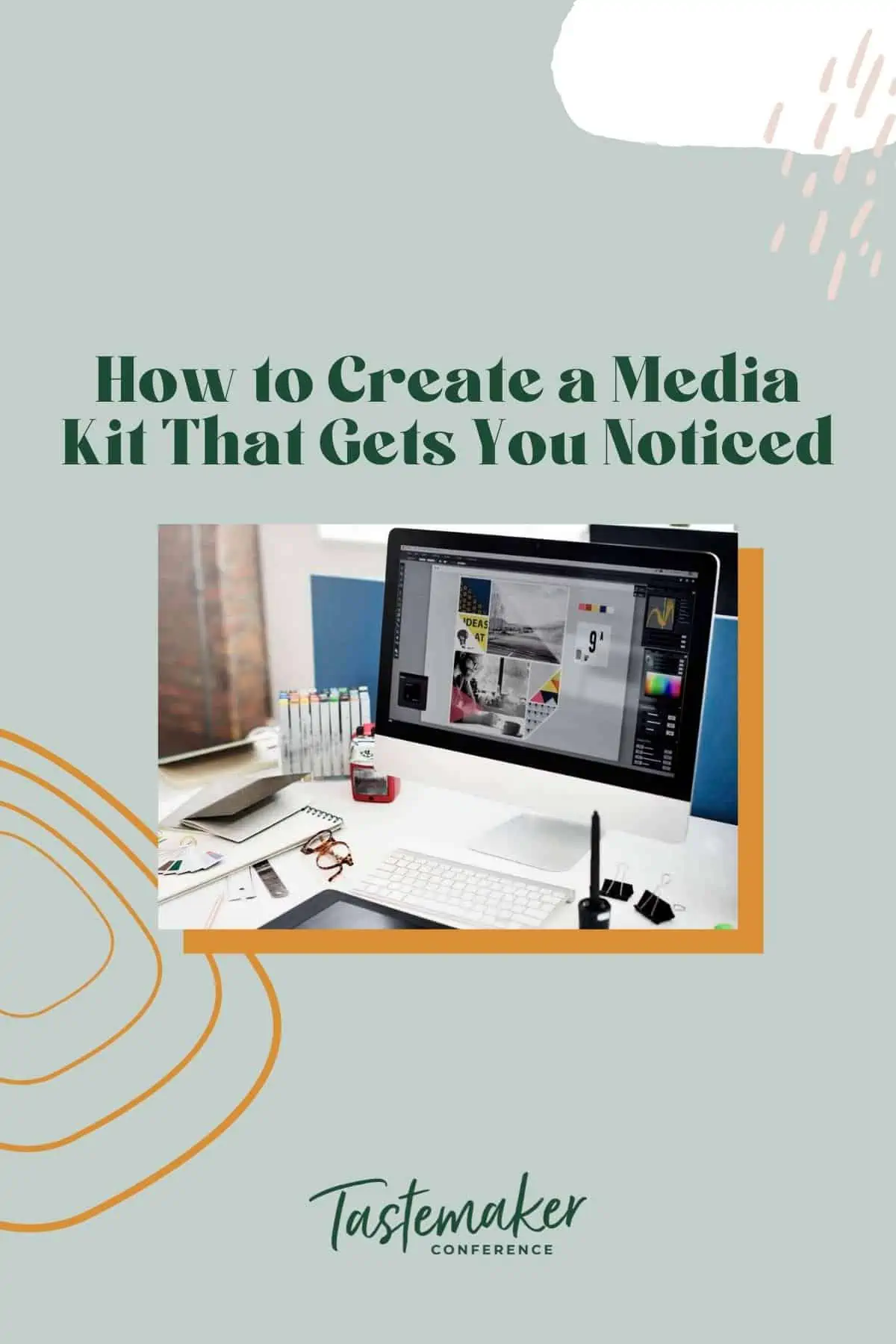
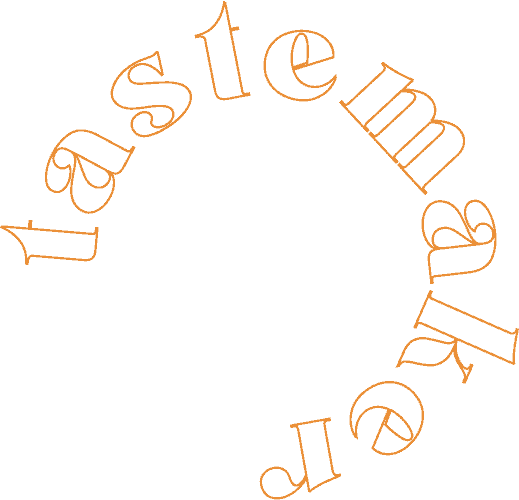
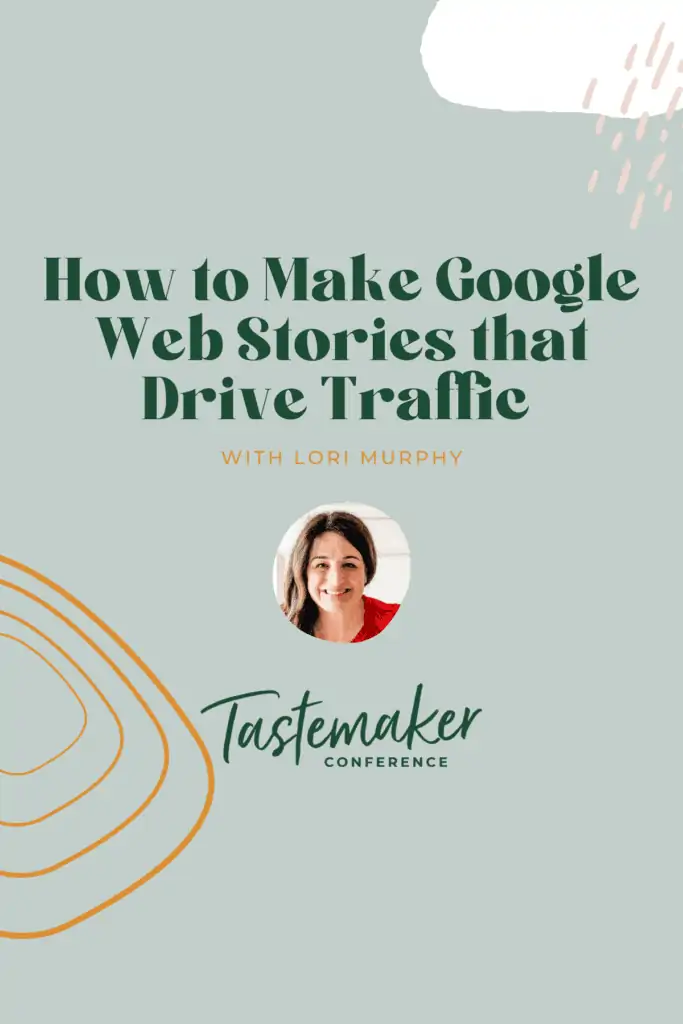
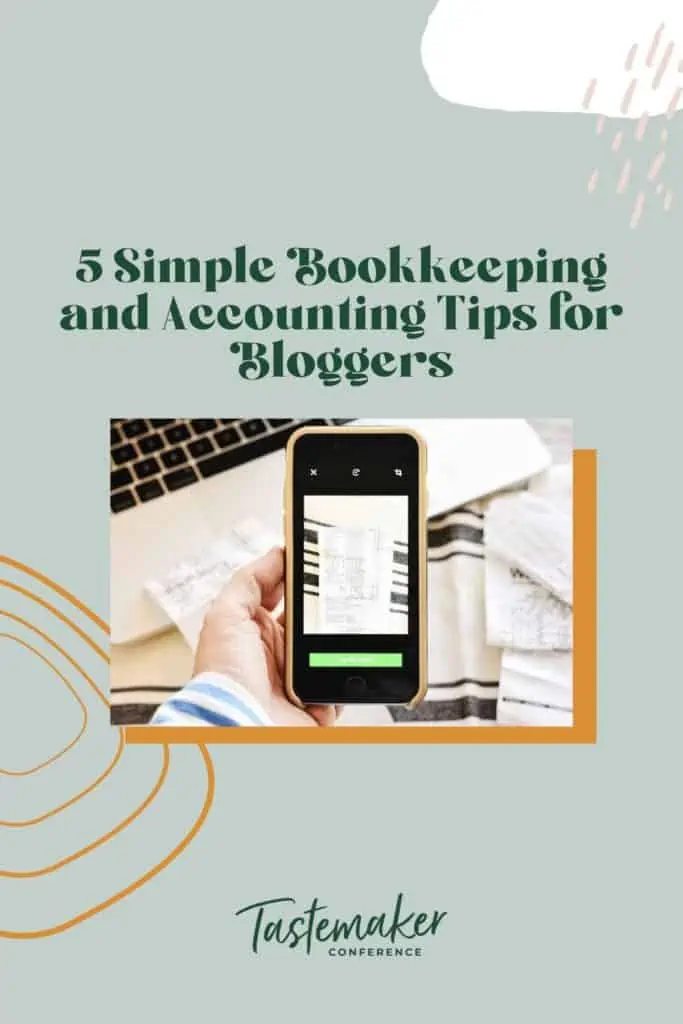
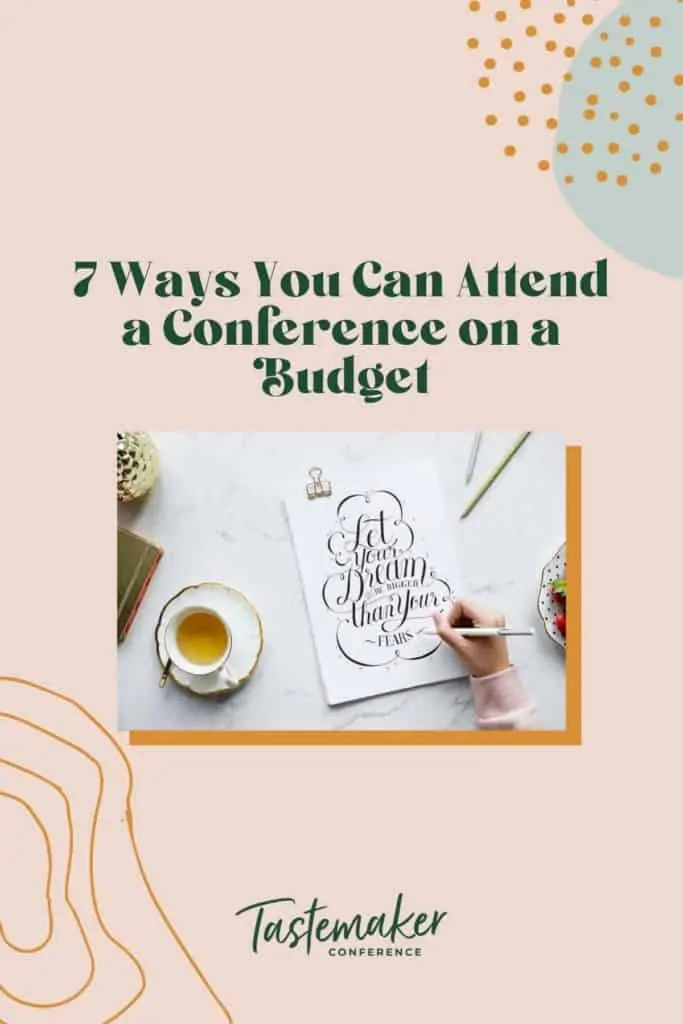

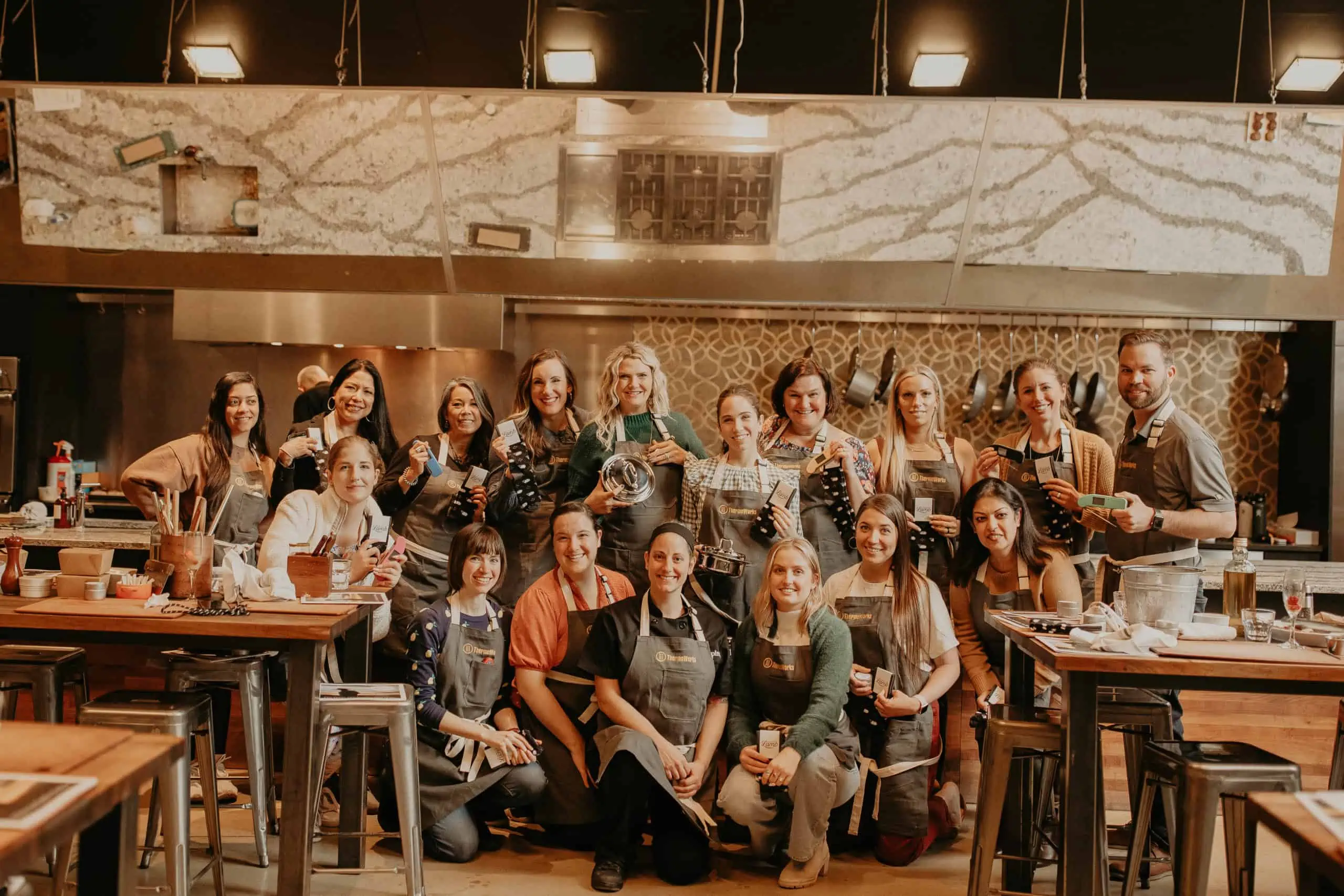
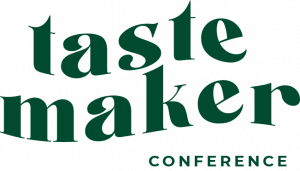


Leave a Comment